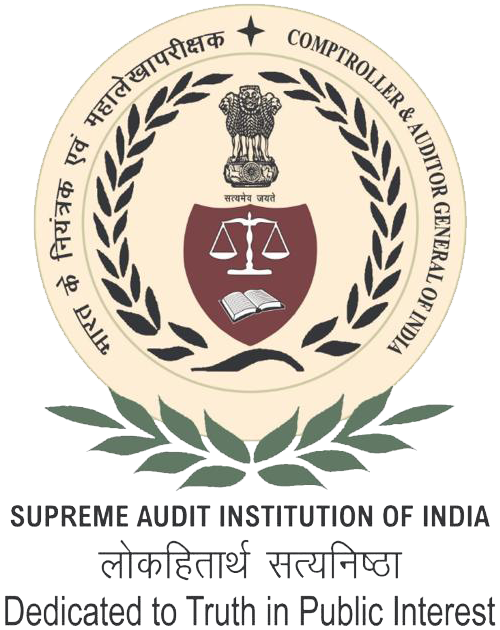- Home
- About Us
- Functions
- Resources
- Tour Program
- Publication & Reports
- Contact Us
- Employee Corner
Audit Reports
Compliance
Performance

Uttar Pradesh
Report No. 6 of 2011 - Performance Audit on Compliance with Environmental Laws in Lucknow, Government of Uttar Pradesh
Date on which Report Tabled:
Wed 30 May, 2012
Date of sending the report to Government:
Government Type:
State
Sector
Environment and Sustainable Development,Social Welfare,Social Infrastructure
Overview
The Environment (Protection) Act, 1986 sets out that environment includes water, air and land and the inter-relationship which exists among and between water, air and land, human beings, other living creatures, plants, micro-organisms and property'. Sustainable development involves the integration of social, environmental and economic objectives. Under the Directive Principles of State Policy of the Constitution of India, Article 48(A) enjoins upon the State to protect and improve the environment and safeguard the forests and wildlife of the country whereas Article 51 - A (g) prescribes the duty of the citizen for protection and improvement of the natural environment including forests, lakes, rivers and wildlife as also to have compassion for living creatures.
The population of Lucknow City had been projected as 24.90 lakh and 28.17 lakh in the years 2006 and 2011 respectively in the Detailed Project Report (February 2007) for Municipal Solid Waste (MSW), prepared by Regional Centre for Urban and Environment Studies (RCUES) for Lucknow Nagar Nigam (LNN). This rapid growth has impacted the environment and its various resources including land, water and bio-diversity.
The Uttar Pradesh State Pollution Control Board (UPPCB), the main agency for enforcement of Environmental Acts/Rules and responsible for formulation of policy for prevention, control and abatement of pollution did not perform its role effectively. It failed to plan a comprehensive programme for prevention, control and abatement of air pollution in Lucknow City since its inception in 1975. Lucknow Nagar Nigam also failed to fulfill their mandate in relation to prevention, control and abatement of water pollution.
Download Audit Report
- Index
- Preface
- Executive Summary
- Chapter 1 - Understanding Environment and its Audit
- Chapter 2 - Financial and Manpower Management
- Chapter 3 - Water Pollution
- Chapter 4 - Air Pollution
- Chapter 5 - Municipal Solid Waste Management
- Chapter 6 - Bio Medical Waste
- Chapter 7 - Manufacture of Plastics and its usage
- Chapter 8 - Management of Batteries
- Chapter 9 - Building Code
- Chapter 10 - Conclusion
- Chapter 11 - Gist of Recommendation
- Appendices
- List of Abbreviations of Report number 6 of 2011

